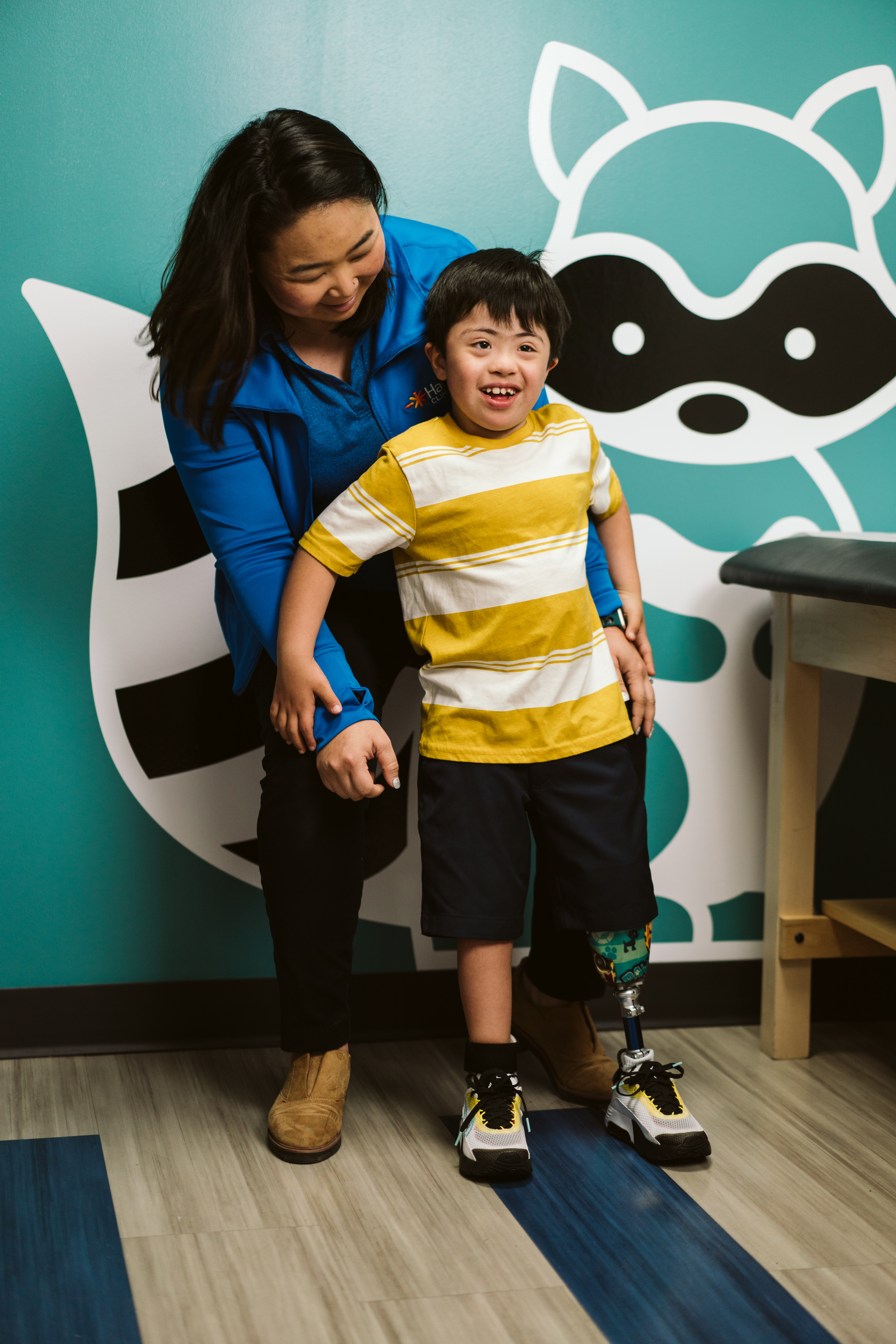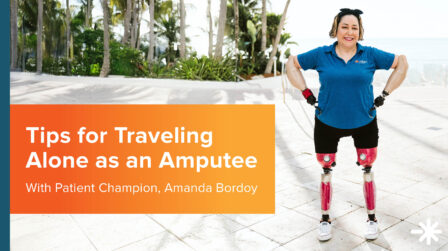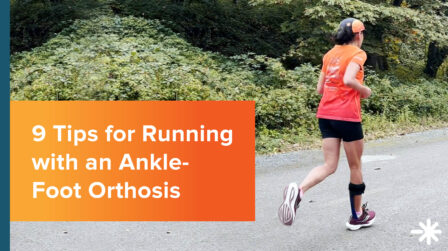Down Syndrome
A condition in which a person has an extra copy of a specific chromosome 21.
Understanding Down Syndrome
Chromosomes are small “packages” of genes in the body. They determine how a baby’s body forms during pregnancy and how the baby’s body functions as it grows in the womb and after birth. Typically, a baby is born with 46 chromosomes. Babies with Down syndrome have an extra copy of one of these chromosomes, chromosome 21. A medical term for having an extra copy of a chromosome is ‘trisomy.’ Down syndrome is also referred to as trisomy 21. This extra copy changes how the baby’s body and brain develop, which can cause both mental and physical challenges for the baby.
Even though people with Down syndrome might act and look similar, each person has different abilities. People with Down syndrome usually have an IQ (a measure of intelligence) in the mildly-to-moderately low range and are slower to speak than other children.
How Many Babies Are Born with Down Syndrome?
Down syndrome remains the most common chromosomal condition diagnosed in the United States. Each year, about 6,000 babies born in the United States have Down syndrome. This means that Down syndrome occurs in about 1 in every 700 babies.1
Treatment
Down syndrome is a lifelong condition. Services early in life will often help babies and children with Down syndrome to improve their physical and intellectual abilities. Most of these services focus on helping children with Down syndrome develop to their full potential. These services include speech, occupational, and physical therapy, and they are typically offered through early intervention programs in each state. Children with Down syndrome may also need extra help or attention in school, although many children are included in regular classes.2
If your child has been diagnosed with Down Syndrome, your doctor may refer them to an orthotist, a specialist who provides devices that support the parts of the body when muscles are weak or bone and joints are aligned incorrectly. The orthotist will work with the doctor and the therapist to provide the best possible brace for your child.
Depending on your child’s level of weakness, they may be fit with a leg brace or a brace to support the spine. While leg braces called Supramalleolar Orthoses (SMOs) are the most common braces ordered for the management of kids with Down Syndrome, braces might be ordered that go up the leg to just below the knee called ankle-foot orthoses (AFOs), depending on the child’s needs.

1. Mai CT, Isenburg JL, Canfield MA, Meyer RE, Correa A, Alverson CJ, Lupo PJ, Riehle‐Colarusso T, Cho SJ, Aggarwal D, Kirby RS. National population‐based estimates for major birth defects, 2010–2014. Birth Defects Research. 2019; 111(18): 1420-1435. | 2. https://www.cdc.gov/ncbddd/birthdefects/downsyndrome.html
Latest Updates
Subscribe to stay up-to-date on our latest posts.



